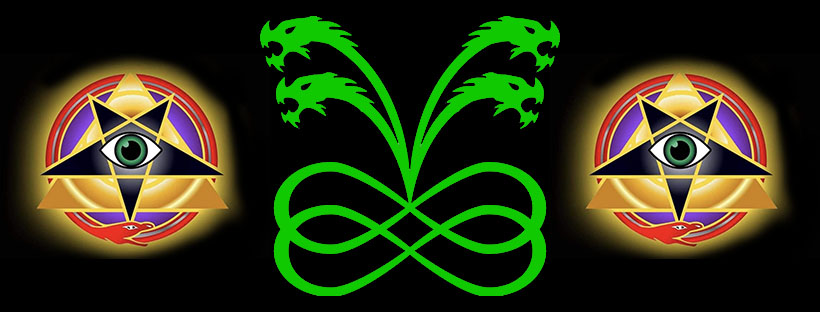One of the most overlooked symbols in the lore of the Upyreshi in modern times is one of the most potent; that symbol or embodiment of power is the symbol of native earth. Like the coffin, native or grave earth has been down played in postmodern media yet the same retains its power if the individual does the work and has the will to use it. The Upyre bonds with the earth of its grave in legend because presumably in ancient times Upyreshi were thought dead while in the dormant state during the Change of their life cycles and were buried as if dead. After the Change, the Upyre would rise and break through from “death” into not (mortal) life or Undeath with a “blood hunger” serving to keep the Upyre in the food chain. The earth of the grave is not seen as normal soil; it is earth that is enriched by the memories from the Dead held in it and the blood that was in the bodies of the Dead. The grave is a portal, a gate, a manifestation of the Underworld or Pokol the Black Earth in the world of the living, the mundane world, making soil from the grave soil from the Underworld or Pokol. An Upyre resting in its grave or with soil from its grave has access to the Underworld and thus its soul goes to the Underworld by day and returns by night, showing that the Upyre like all other beings is in sync with nature.
Feeding builds the vitality of the Upyre but the native or grave earth serves to unite the body, soul and spirit of the Upyre and keep it fresh as well as hiding the Upyre from the sun. The light of the sun has an effect on an Upyre that is an exact opposite from the effect of the grave earth. The light of the sun drains an Upyre whereas the native or grave earth serves to retain and concentrate the energies of the Underworld, keeping said energy in the aura of the Upyre. Places of death are places of transition between worlds just as a crossroads is, which is why both are used in transformative rites, which is why the Upyreshi are linked to both places of death and to crossroads, as witches are also. Places of death, though they are often close to them, are not usually “holy ground” in the same sense a temple or church is. This is why Upyreshi are welcome in places of death but not “holy ground” unless said temple or church is sanctified to a paradigm that the Upyre is aligned with or is neutral to. Because they are places of transition, places of death are neutral ground in the Great War and are often meeting places for agents of many paradigms because no agent would have an advantage.
In postmodern times Upyreshi do not normally have “graves” from which to rise but can compound “grave earth” from sites on earth linked to the family of the individual Upyre and enrich that earth with powdered bone and the like. Sites of ceremonies honoring the Change of an Upyre can also provide the makings of “grave earth.” Ceremonial making of a “grave” or a place of rest is a part of an Upyre being healthy and making the most of the lore that the Upyre is resonant with. An Upyre with a “place of rest” is able to add the strength of the land that its “grave” rests upon to its own strength or by mixing the Blood of the Upyre and soil from its “grave” with soil other than its grave an Upyre can establish a domain. An Upyre that takes advantage of the lore of “grave earth” has another resource that it can draw upon to enhance the Upyre’s natural abilities or powers. The gate represented by the grave is one of the first stages in gaining the immortality in the flesh had by the Upyre or the vampyre of legend and popular imagination.
